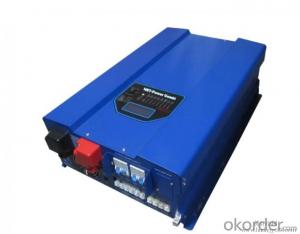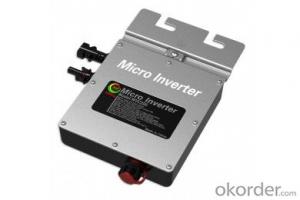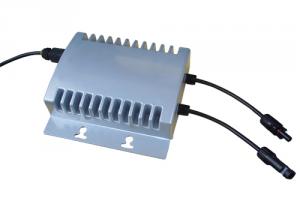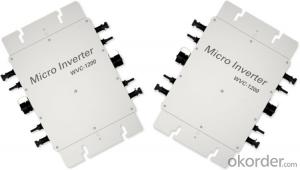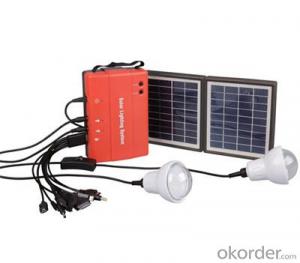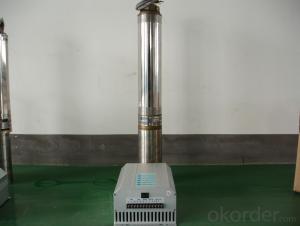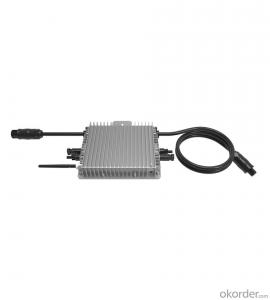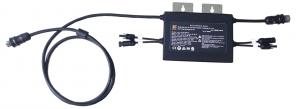Solar Micro Inverter
Solar Micro Inverter Related Searches
Micro Solar Inverter Micro Inverter Solar Solar Smart Micro Inverter Solar Cell Micro Inverter Solar Micro Inverter System Solar Panel Micro Inverter Solar Micro Inverter Circuit Solar Panels Micro Inverter Solar Small Inverter Solar Solar Inverter Micro Inverter Solar System Solar Mini Inverter Micro Inverter Solar Panel Solar Enphase Micro Inverter Solar Inverter Makro Microtek Solar Inverter Small Solar Inverter Cheap Solar Micro Inverter Tesla Solar Micro Inverter Best Solar Micro Inverter Micro Inverter Solar Kit Micro Inverter For Solar Panel Sma Solar Micro Inverter Lg Solar Micro Inverter Sun Solar Inverter Solar Micro Inverter Price Solar Light Inverter Solar Edge Micro Inverter Solar Inverter Mini Solar Module InverterSolar Micro Inverter Supplier & Manufacturer from China
Solar Micro Inverters are cutting-edge devices designed to optimize the performance of solar panels by converting the direct current (DC) generated by the panels into alternating current (AC) that can be used by the electrical grid or stored in batteries. These inverters are known for their compact size and efficiency, making them an essential component in the solar energy industry.The application and usage scenarios of Solar Micro Inverters are vast, ranging from residential rooftop installations to large-scale commercial and industrial solar projects. They play a crucial role in ensuring that solar energy systems operate at peak efficiency, as each inverter is connected to a single solar panel or a small group of panels, allowing for maximum power output and reducing the impact of shading or other panel-to-panel variations. This results in a more reliable and cost-effective solar energy solution for both homeowners and businesses.
Okorder.com is a leading wholesale supplier of Solar Micro Inverters, boasting a large inventory of high-quality products from reputable manufacturers. By offering a wide selection of inverters, Okorder.com caters to the diverse needs of customers in the solar energy market, ensuring that they can find the perfect inverter to match their specific solar panel setup and energy requirements. With competitive pricing and reliable service, Okorder.com has become a trusted source for Solar Micro Inverters and other solar-related products.
Hot Products












